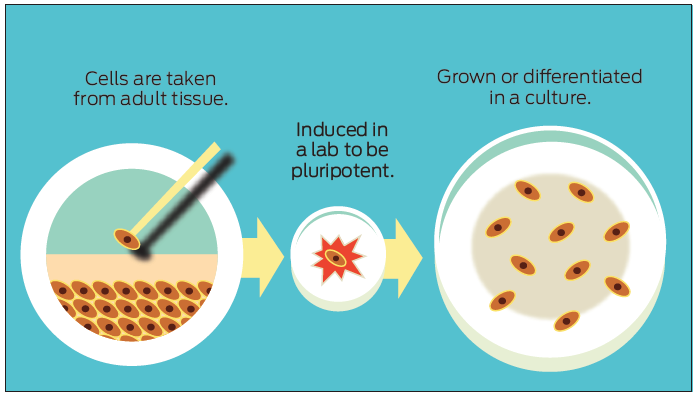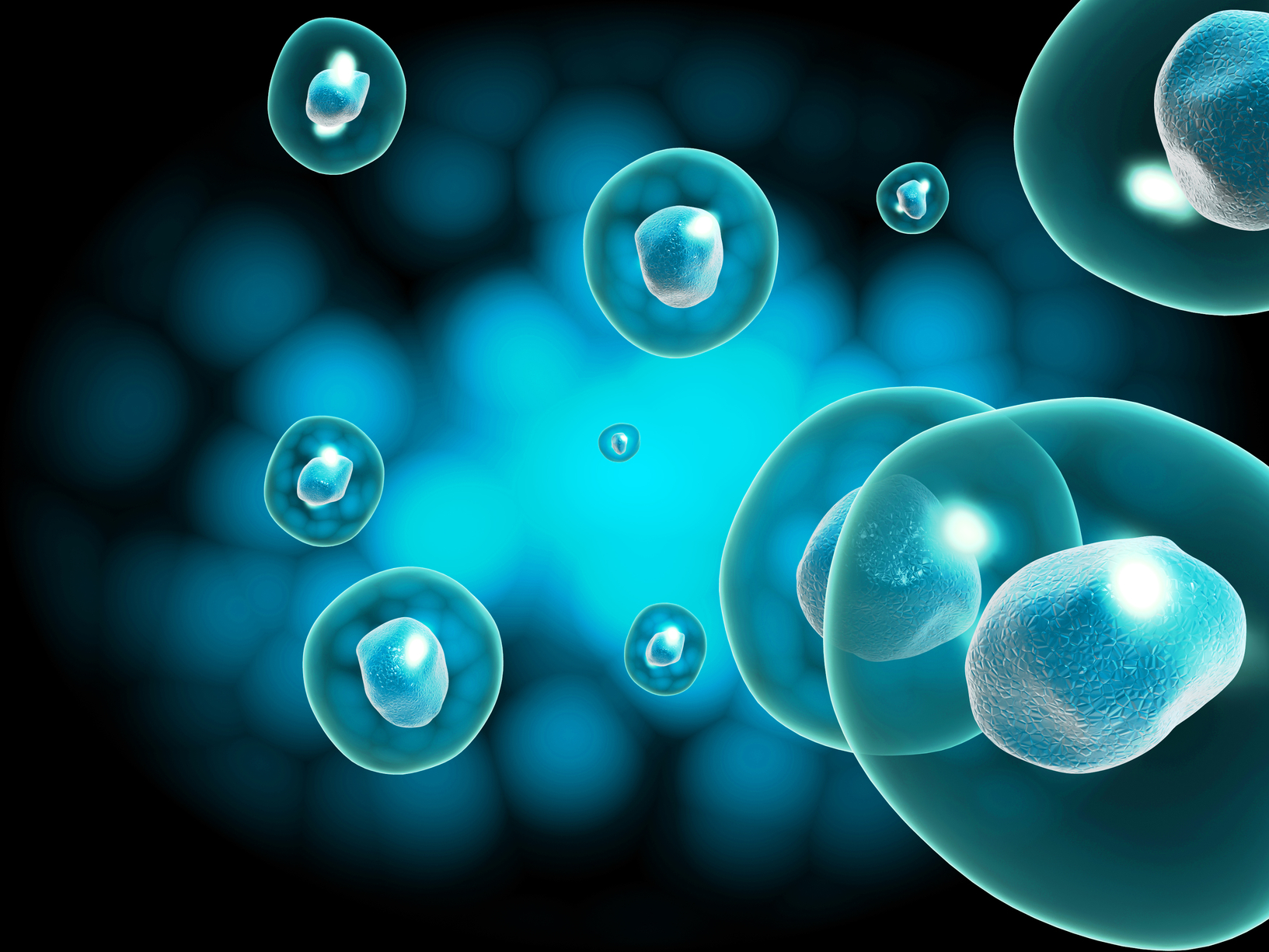In order to know how stem cells multiplicate, we first have to explain what they are. Stem cells highlight because they give rise to other cells. They are undifferentiated cells. This means that when dividing, they originate daughter cells that can persist as stem cells for an unlimited period, or start the process of differentiation, originating a specific cell type with a determined function as well.
Researchers recently discovered that stem cells offer therapeutic value. They have the potential to help to recover the function of organs in animal models of diseases such as diabetes, Parkinson’s, heart attack, myocardium and spinal cord injury. Therefore, experimental data and the studies so far available show that they are a suitable source for therapy.

How can scientists multiplicate them?
Experts in the field found out how to increase the ability of stem cells to multiplicate for a long time. To achieve it, they use a culture medium which allows the cells to remain undifferentiated and in a pluripotent state for an extended period of time, without the need to add other substances. The methods available up to date are expensive and complicated.
Which are the current challenges?
Nowadays, one of the main challenges for those who investigate stem cells is to multiply them without losing their main quality: pluripotency, that refers to the special ability to differentiate to give rise to all different cell types. To achieve this, quite expensive and technically complicated farming methods have been developed. In the laboratory, there must be innumerable cares to prevent the stem cells from differentiating spontaneously.
For instance, we can mention the culture of the cells obtained from mouse embryos, which are used for experiments as a preliminary step to the use of human embryonic cells. It requires the addition of a substance known as LIF, which inhibits this process of unwanted differentiation.
Another technical requirement to raise them is to plant them on a layer of cells, called fibroblasts. It supplies them with support and nourishment. This “layer feeders” usually interfere in the performance of certain experiments, which often makes it harder for our researchers.
If you want to read more about this innovative treatment click here.

